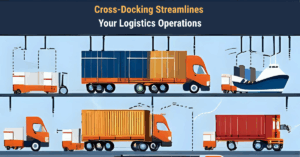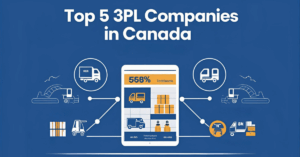Canada’s internal trade landscape is changing dramatically with new reforms that remove provincial barriers for SMEs. Ontario’s Bill 2 has eliminated exceptions under the Canadian Free Trade Agreement, enabling easier cross-provincial operations. These changes introduce faster professional credential recognition, direct-to-consumer alcohol sales, and improved market access across provinces. Businesses are assisted in navigating these changes by new support initiatives such as the Ontario Together Trade Fund and the improved BizPaL platform. U.S. tariff pressure prompted these reforms, which encourage Canadian companies to reduce their reliance on foreign suppliers and fortify their domestic supply chains.
Overcoming Provincial Obstacles: Novel Prospects for Canadian SMEs
For many years, Canadian companies had to deal with the perplexing problem that trading abroad was occasionally simpler than doing business with nearby provinces. For small and medium-sized businesses (SMEs) wishing to grow across Canada, provincial laws, licensing requirements, and trade barriers created a complicated maze.
That is rapidly changing.
The way Canadian SMEs engage in cross-provincial trade is changing as a result of recent reforms, especially Ontario’s Bill 2 (Protect Ontario Through Free Trade Within Canada Act). These changes eliminate redundant certifications, speed up professional licensing, and open new markets—especially for sectors like construction, healthcare, and craft alcohol production.
However, how will these reforms affect your company? How can you find new opportunities in this shifting environment? Let’s dissect these developments and examine how Canada’s changing internal trade environment can help your SME.
Comprehending the New Legislative Environment
Enacted in April 2025, Ontario’s Bill 2 is the cornerstone of Canada’s internal trade reforms. Significant obstacles that previously hampered cross-provincial business operations are eliminated by this ground-breaking law.
Elimination of Party-Specific Exceptions
Ontario has abolished all 23 Party-Specific Exceptions (PSEs) under the Canadian Free Trade Agreement (CFTA). What does this mean in practical terms? Provinces used to be able to prohibit specific goods or services from other provinces thanks to these exceptions. Due to their home province, a construction company from Manitoba can now bid on projects in Ontario without encountering extra regulatory obstacles.
Agreements for Mutual Recognition
Mutual Recognition Agreements that recognize one another’s standards for products, services, and professional qualifications have been established by a number of provinces, including New Brunswick and Nova Scotia. This implies that your product automatically satisfies requirements in participating provinces if it satisfies safety standards in Alberta; no further testing or certification is required.
Direct-to-Consumer Sales Reforms
Perhaps the most exciting development for craft wineries, breweries, and distilleries is the ability to sell directly to consumers across provincial borders. Small wineries in British Columbia can now ship directly to consumers in Ontario, opening up national markets that were previously inaccessible to small producers, thanks to the removal of the need for provincial liquor boards.
Since the Canadian market is now more unified as a result of these legislative changes, your small business can approach provincial expansion more like opening in a new city than entering a foreign nation.
 Programs and Resources to Encourage Cross-Provincial Development
Programs and Resources to Encourage Cross-Provincial Development
To assist Canadian SMEs in navigating and reaping the benefits of these trade reforms, the federal and provincial governments have launched a number of initiatives.
The Enhanced BizPaL Platform
AI capabilities have significantly improved the BizPaL Compliance Platform. When conducting business across provincial borders, this digital tool assists companies in determining precisely which licenses, permits, and regulations are applicable. To save you countless hours of research and possible compliance problems, BizPaL offers a customized checklist of requirements, for instance, if you’re a food processor in Quebec wishing to sell in Ontario.
The Ontario Together Trade Fund (OTTF)
To help businesses adapt to the new trade environment, the OTTF offers $200 million in funding. Other provinces can upgrade their facilities to meet technical standards with the fund’s assistance.
-
Establishing distribution networks in recently discovered provincial markets
-
Supply chain reshoring initiatives to reduce dependency on US suppliers
Federal Support Programs
Federal programs provide additional support beyond provincial efforts. These include targeted assistance for industries impacted by U.S. tariff pressures and specialized R&D Tax Credits for companies creating creative answers to cross-provincial trade problems.
Your SME can reduce the expenses and difficulties of growing across provincial borders by utilizing these resources and funding opportunities, which will make access to interprovincial markets easier than ever.
Sector-Specific Opportunities and Impacts
Different industries are affected by Canada’s internal trade reforms in different ways, which gives different kinds of businesses different opportunities.
Construction and Skilled Trades
Reforms in the construction industry have had a particularly significant impact. In the past, materials and equipment that had been approved in one province frequently needed to be recertified in another. Construction companies can now transport equipment across provincial borders without undergoing unnecessary safety inspections thanks to the mutual recognition principles. Additionally, certified electricians, plumbers, and other tradespeople from one province can work in another with minimal administrative challenges thanks to skilled trades integration.
Expert Services
For professionals like engineers, accountants, and healthcare providers, professional credential recognition has been made easier. Wait times that used to last months have drastically decreased as licensing bodies are now required to process applications within 30 days. Professional service companies can now more easily set up multi-provincial practices and fill labor shortages by hiring people from all over Canada.
Alcohol and Beverage Production
Craft producers now have access to a nationwide market thanks to reforms in direct-to-consumer alcohol sales. Bypassing provincial liquor boards, small wineries, distilleries, and breweries can now sell directly to customers in other provinces. The increased market access offers a substantial growth opportunity for this industry, even though producers still have to deal with provincial tax structures and labeling regulations.
Regardless of industry, these sector-specific adjustments show how internal trade reforms can benefit Canadian SMEs in real ways.
 Labor Mobility and Supply Chain Reshoring
Labor Mobility and Supply Chain Reshoring
Increased labor mobility and supply chain reshoring opportunities are two important components of the internal trade reforms that are especially pertinent in the current economic environment.
Advantages of Increased Labor Mobility
The ability of workers to travel freely between provinces without facing restrictions is known as labor mobility. This has been significantly improved by the new reforms, which mandate that professional credentials be recognized more quickly (within 30 days).
-
Removing unnecessary training requirements for skilled trades
-
Ensuring uniformity in qualification evaluations among participating provinces
Due to these modifications, SMEs that are experiencing a labor shortage can now hire from a talent pool that spans the entire country. Without having to go through drawn-out credential verification procedures, a tech company in Vancouver can hire specialized engineers from Quebec, or a healthcare clinic in northern Ontario can more easily hire nurses from Nova Scotia.
Supply Chain Reshoring Initiatives
Pressure from US tariffs has brought attention to the weaknesses in global supply chains. As a result, supply chain reshoring has gained importance, and initiatives such as the OTTF offer financial assistance to companies wishing to switch from overseas suppliers to Canadian ones.
This gives manufacturing SMEs the chance to:
-
Reshore their supply chains by acting as domestic suppliers to larger companies.
-
Decrease their own dependency on imports subject to tariffs
-
Establish more robust, locally based supply chains
Forward-thinking Canadian SMEs have a great chance to improve their operations and support a more integrated national economy by taking advantage of these developments in labor mobility and supply chain reshoring.
Difficulties in Handling Internal Trade Reforms
Even with the encouraging developments, Canadian SMEs continue to encounter a number of difficulties when implementing internal trade reforms:
Inconsistent Implementation
Reforms have not been equally adopted by all provinces. Other provinces still have a number of restrictions, even though Ontario has removed all Party-Specific Exceptions under the CFTA. For companies that operate in several provinces, this results in a patchwork of regulations that can be confusing.
Remaining Regulatory Disparities
Mutual Recognition Agreements do not yet fully harmonize regulations. Province-specific differences in tax laws, business registration requirements, and product standards continue to cause compliance issues for SMEs with little administrative support.
Knowledge Gaps
Simply put, a lot of small business owners are unaware of the new opportunities brought about by these reforms. SMEs lose out on possible growth opportunities if they don’t know how to take advantage of initiatives like the Ontario Together Trade Fund or the upgraded BizPaL platform.
Complex Tax Considerations
Tax complications are introduced by interprovincial sales. Companies have to deal with various provincial sales tax systems, which occasionally call for multiple province registrations as well as different tax rates and exemptions.
Restricted Assistance for Smaller Enterprises
Smaller businesses frequently find it difficult to obtain information and assistance programs intended to facilitate the transition, whereas larger corporations possess the resources necessary to swiftly adjust to the evolving trade environment.
 MacMillan Supply Chain Group: Your Partner in Cross-Provincial Growth
MacMillan Supply Chain Group: Your Partner in Cross-Provincial Growth
We at MacMillan Supply Chain Group have created all-inclusive solutions to assist Canadian SMEs in overcoming the difficulties associated with internal trade reforms and taking advantage of fresh growth prospects.
Cross-Provincial Logistics Proficiency
We are able to develop smooth logistics solutions that easily traverse provincial boundaries because of our in-depth understanding of local laws and transportation systems. We take care of the intricate interprovincial shipping regulations, guaranteeing that your goods arrive at customers’ locations across Canada without any delays or problems with compliance.
For instance, we created a unique logistics solution that took into account the unique labeling, taxation, and shipping requirements of both Ontario and British Columbia when a craft brewery in Quebec sought to increase direct-to-consumer sales to these two provinces. The outcome? Within six months, their cross-provincial sales increased by 300%.
Regulatory Compliance Support
Our staff remains up to date on the changing regulatory environment in every province. To find possible obstacles, we offer:
-
Provincial compliance assessments
-
Preparing documentation for operations across provinces
-
Advice on Making the Most of Mutual Recognition Agreements
-
Support for the use of the BizPaL platform
Help with Supply Chain Reshoring
We assist companies in creating more robust, Canada-focused supply chains in reaction to pressure from U.S. tariffs.
-
Identifying qualified Canadian suppliers across provinces
-
Overseeing logistics for multi-provincial sourcing and streamlining warehouse networks for domestic delivery
-
Creating backup plans in case the supply chain is disrupted
Last Mile Delivery Across Provincial Borders
The intricacies of cross-provincial shipping are specifically addressed by our last mile delivery services. Regardless of the province of destination, we guarantee consistent service quality through our network of delivery partners across Canada.
Optimization of Warehouse Space
We provide adaptable storage options that facilitate access to interprovincial markets through our partner facilities across Canada and our well-located warehouse facilities in the Greater Toronto Area. Our warehouse management systems make sure your inventory is always prepared for cross-provincial distribution by integrating with provincial compliance requirements.
Canadian SMEs can turn internal trade reforms from difficult obstacles into strategic advantages by collaborating with MacMillan Supply Chain Group, which will open up new markets and opportunities across provincial boundaries.
Taking Action: How to Leverage Internal Trade Reforms for Your Business
Are you prepared to grow your company beyond provincial boundaries? Here’s how to get started and help your SME benefit from Canada’s internal trade reforms:
Step 1: Evaluate Your Potential Across Provinces
Start by determining which provinces present the greatest prospects for your goods or services. Think about things like market size, competition, and compatibility with your current skills. You can learn more about the legal requirements for every possible market by using the BizPaL Compliance Platform.
Step 2: Create a Strategy for Compliance
Make a compliance roadmap after you’ve determined which provinces are your target. Find out which MRAs are relevant to your company and how you can use them to streamline growth. Set aside money for any certifications or modifications that are required for regions that lack mutual recognition.
Step 3: Explore Funding Opportunities
Examine funding initiatives that can help defray the costs of cross-provincial expansion, such as the Ontario Together Trade Fund. Create compelling applications that highlight how your expansion will support the resilience of the Canadian supply chain and the country’s economic growth.
Step 4: Establish a Cross-Provincial Supply Chain
At this point, working with MacMillan Supply Chain Group is extremely beneficial. Your products will travel effectively across Canada’s internal borders thanks to our proficiency in last-mile delivery, warehouse space optimization, and cross-provincial logistics.
As your 3PL partner, MacMillan Supply Chain Group offers you the following benefits:
-
Quick access to our well-established cross-provincial logistics network
-
Professional advice on provincial compliance requirements
-
Adaptable storage options that expand with your company
-
Smooth last-mile delivery to clients across several provinces
Take the Next Step with MacMillan Supply Chain Group
Don’t allow provincial boundaries to impede the expansion of your company. For a free consultation on how MacMillan Supply Chain Group can assist your small business in successfully expanding across provinces and navigating Canada’s internal trade reforms, get in touch with us today.
In order to transform regulatory changes into competitive advantages for your company, our team of supply chain specialists will collaborate with you to create a tailored plan that tackles your unique cross-provincial opportunities and challenges.
Start your cross-provincial growth journey with MacMillan Supply Chain Group, your reliable partner in navigating Canada’s changing internal trade landscape, by visiting our website or giving us a call at 416-941-2759
Follow us on LinkedIn for real-time tariff updates
FAQS
Canada's internal trade reforms remove barriers that previously made cross-provincial business expansion difficult and expensive. For small businesses, this means you can now sell your products in other provinces without redundant certifications, hire qualified workers from across Canada with faster credential recognition, and access new markets without establishing physical locations in each province. These changes reduce costs, speed up expansion, and open new revenue opportunities that were previously accessible only to larger companies with more resources.
Ontario's Bill 2, officially called the "Protect Ontario Through Free Trade Within Canada Act," is landmark legislation that eliminated all 23 Party-Specific Exceptions under the Canadian Free Trade Agreement. Passed in April 2025, this law removes restrictions that previously limited cross-provincial trade in sectors like construction, agriculture, and skilled trades. It's important because Ontario is Canada's largest provincial economy, and these changes create significant new opportunities for businesses from other provinces to enter the Ontario market while also making it easier for Ontario-based businesses to expand nationally.
Mutual Recognition Agreements (MRAs) mean that if your product meets standards in your home province, participating provinces will accept those standards without requiring additional testing or certification. For example, if your food product is approved for sale in Alberta, an MRA allows you to sell it in Ontario without going through Ontario's approval process. This saves time and money while accelerating your market entry. However, you should verify which specific MRAs apply to your products, as coverage varies by sector and province.
Several funding programs can help your business leverage internal trade reforms. The Ontario Together Trade Fund (OTTF) provides up to $200 million to support businesses expanding across provinces or reshoring supply chains from international sources. Federal programs offer R&D Tax Credits for innovative cross-provincial business solutions. Additionally, sector-specific grants exist for industries particularly affected by U.S. tariff pressures. The BizPaL platform can help identify funding programs relevant to your specific business and expansion plans.
Recent reforms allow craft breweries, wineries, and distilleries to sell directly to consumers across provincial borders without going through provincial liquor boards. This means a small winery in British Columbia can ship products directly to customers in Ontario or Nova Scotia. However, producers must still comply with the destination province's taxation, age verification, and labeling requirements. The BizPaL platform can help alcohol producers understand these varying requirements when selling across provincial borders.
Professional credential recognition reforms require licensing bodies to process applications from professionals licensed in other provinces within 30 days. This applies to regulated professions like nursing, engineering, accounting, and skilled trades. For employers, this means you can hire qualified workers from across Canada without lengthy waiting periods for provincial licensing. It addresses labor shortages by expanding your potential talent pool nationwide and reduces onboarding delays when bringing on professionals from other provinces.

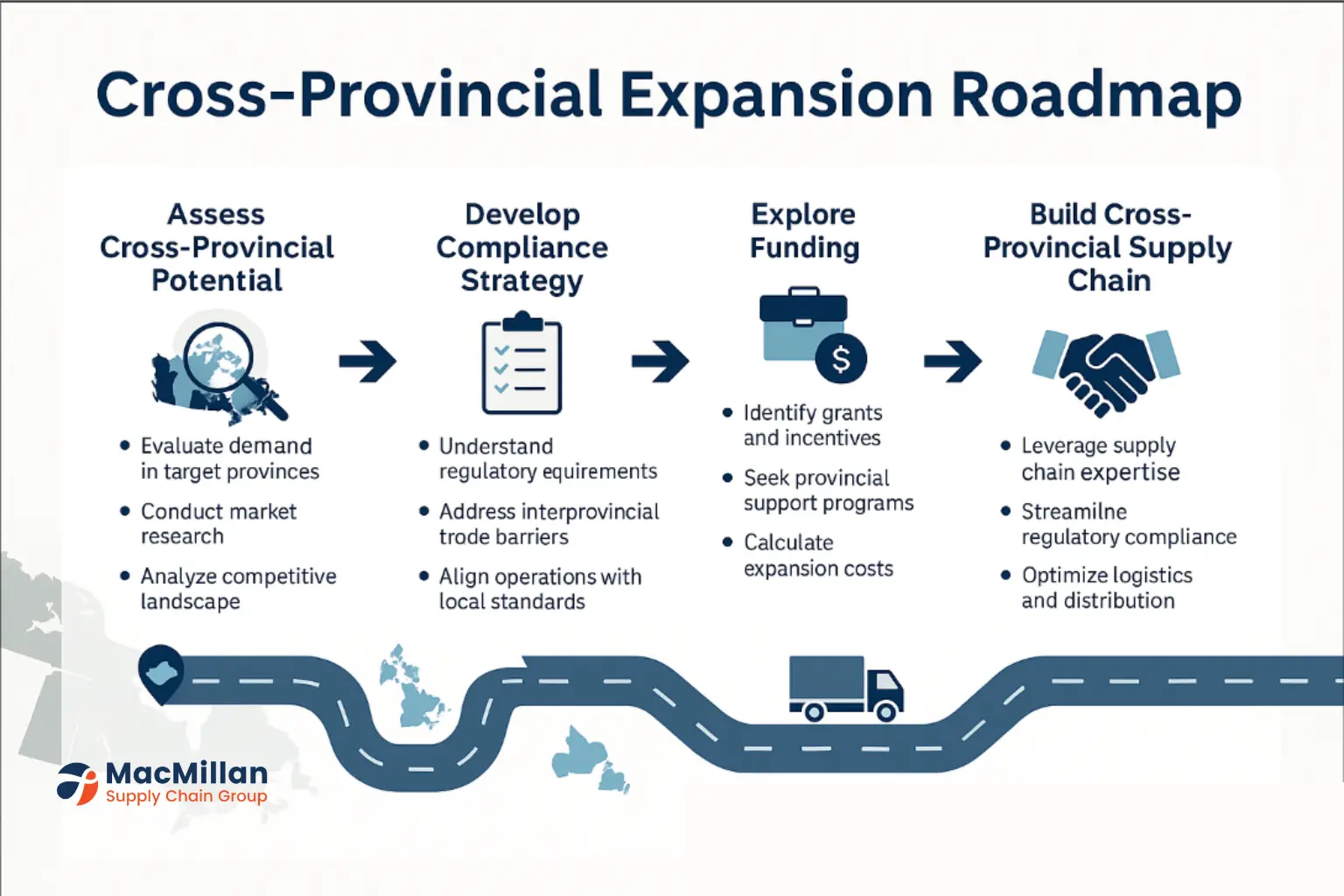 Programs and Resources to Encourage Cross-Provincial Development
Programs and Resources to Encourage Cross-Provincial Development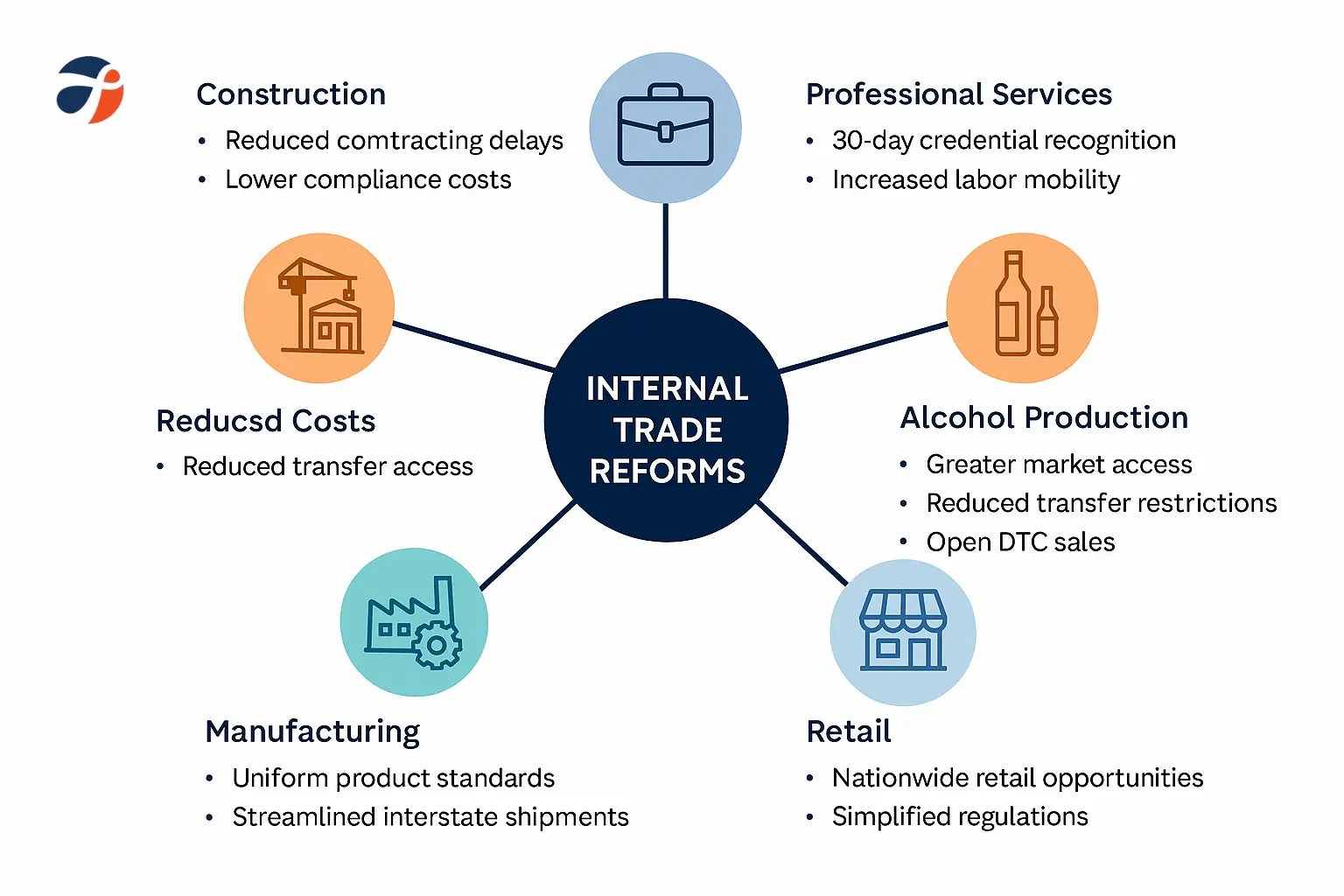 Labor Mobility and Supply Chain Reshoring
Labor Mobility and Supply Chain Reshoring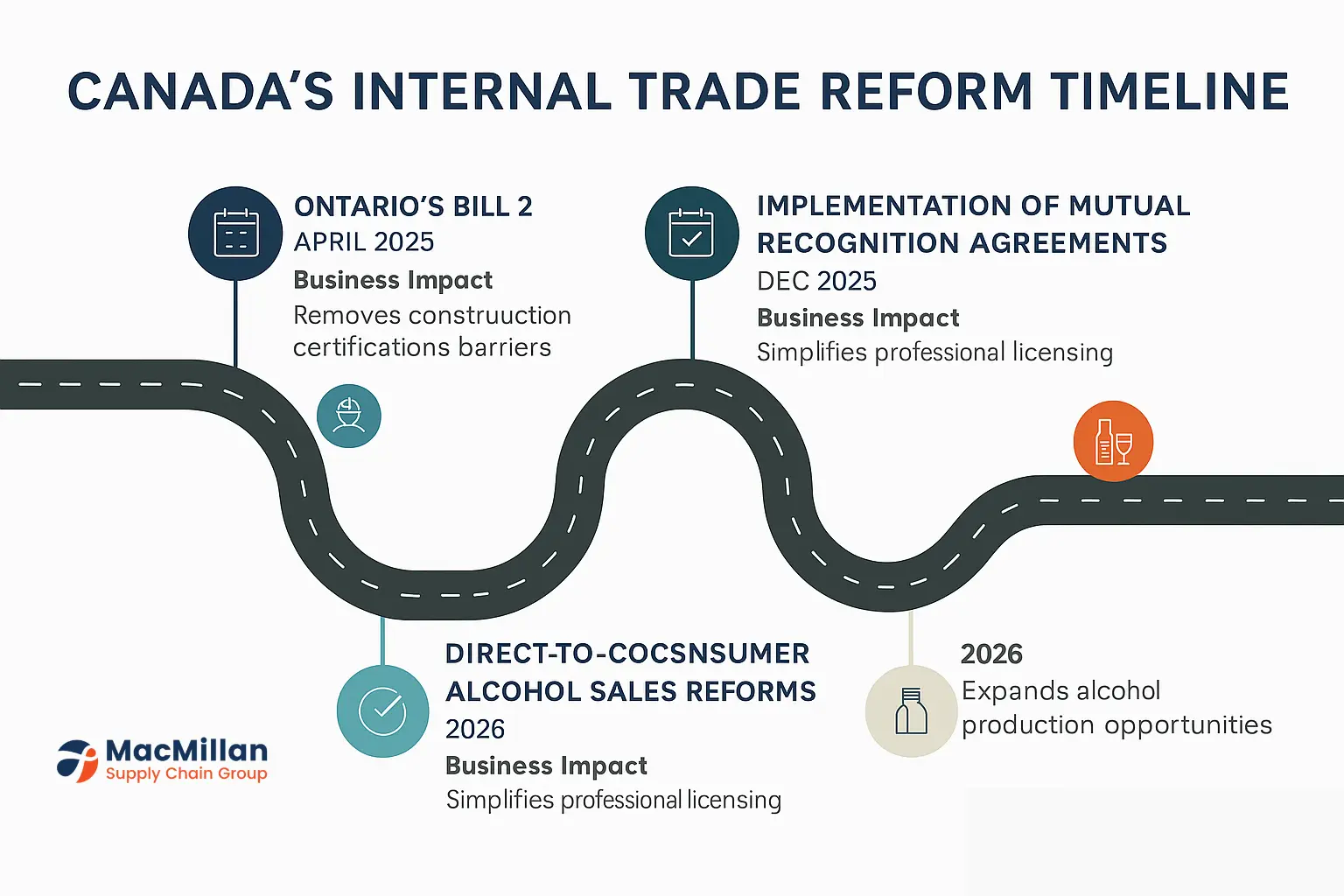 MacMillan Supply Chain Group: Your Partner in Cross-Provincial Growth
MacMillan Supply Chain Group: Your Partner in Cross-Provincial Growth